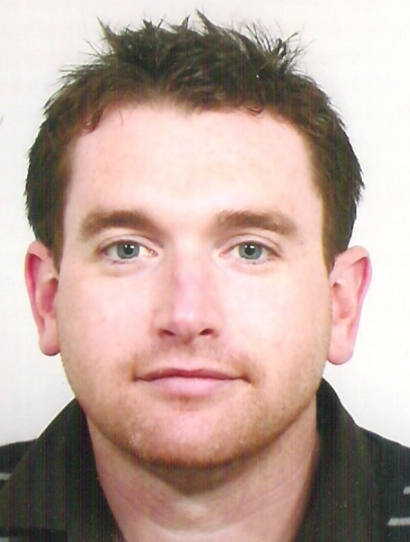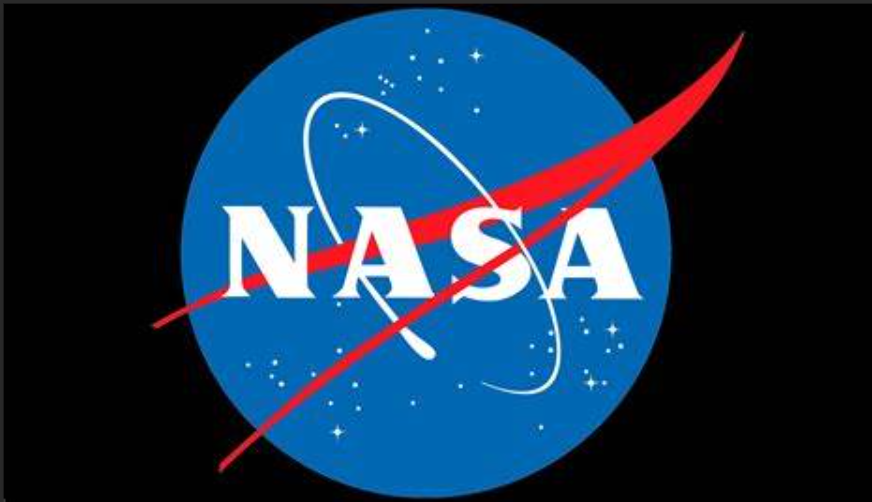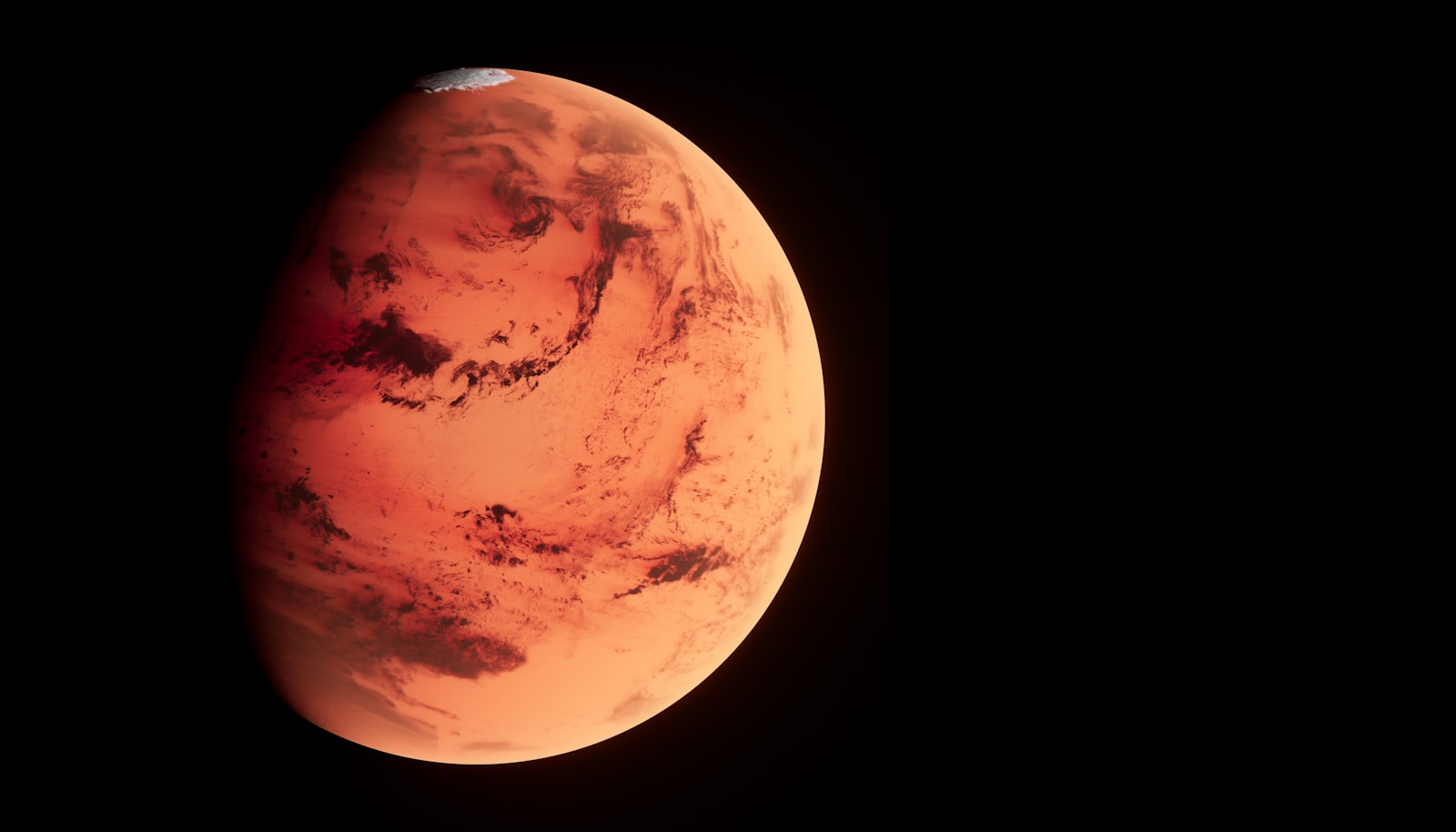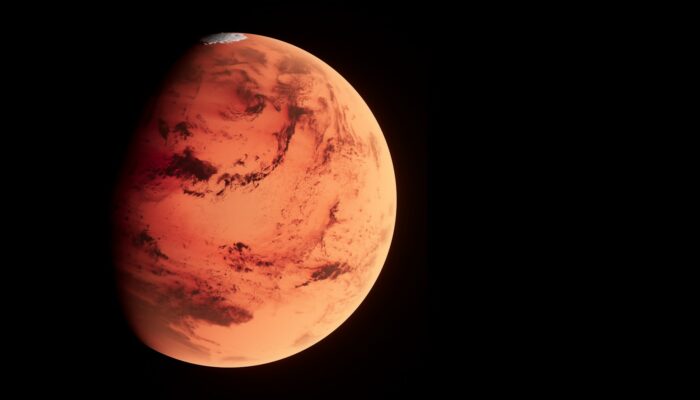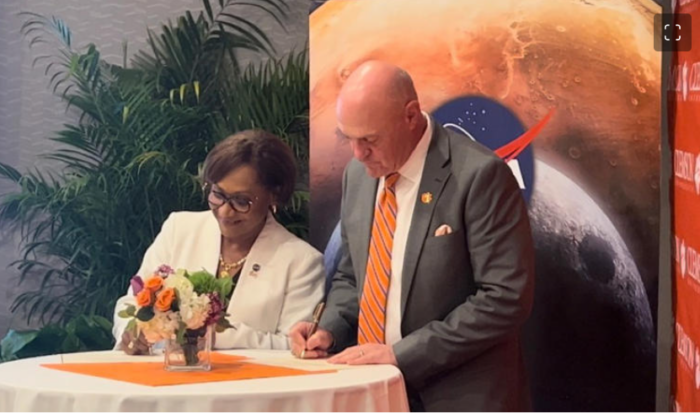ESA, the European Space Agency, has a rich history of advancing space technology and exploration. However, as space missions become more frequent, there is growing concern about the environmental impact of rocket launches and spacecraft going into orbit. To address this, ESA has launched the Clean Space initiative, aiming to thoroughly understand and quantify the environmental effects of its activities.
Neil Murray, an expert in aerothermodynamics and propulsion engineer at ESA’s Aerothermodynamics section, shed some light on this groundbreaking venture in a recent interview with ESA.
Need to Develop Adequate Tools
“We want to find out if the rocket combustion process has a distinct environmental impact. The assumption has always been that the volume of European launches is too low to cause much of an impact,” said Murray. “But, in spite of that, we want to develop adequate tools to assess it for sure. The thinking behind Clean Space is that the Agency should be in a position to properly understand the impacts of all its activities. We cannot rely on speculation — we need facts.”
Murray’s focus is on the physics underlying rocket launches and high-energy flight. The work is computational in nature, involving the use of computational fluid dynamics to simulate the entire launcher’s journey, from combustion to the evolution of the plume in the atmosphere. This includes studying the plumes of rockets like Vega, Soyuz-ST, and Ariane 5’s solid rocket boosters and liquid-fueled central stage, along with their interaction up to 500 meters downstream.
To assess the launchs’ impact on the atmosphere in terms of chemical effects and climate forcing, a far larger-scale chemical transport model is employed.
“This requires the modelling of thousands of discrete boxes, each up to 200 km in size, representing a portion of the atmosphere,” said Murray.
Bridging the Gap
The challenge lies in bridging the gap between the small scales of the plume and the large scales of the climate model. Murray emphasizes the necessity for accuracy and innovation in building this bridge. The study takes inspiration from practical data gathered by the US, particularly in measuring atmospheric ozone levels following a launch. These results will help validate the models used in the Clean Space study.
“There are a lot of uncertainties, so we’ll be varying these to see how sensitive the results are to changes in initial conditions. Launches might affect the atmosphere directly through ozone depletion and indirectly through cloud formation, which alters Earth’s radiative forcing and temperature,” Murray pointed out.
The Clean Space initiative will run for 18 months, with continuous learning along the way. Murray suggests that more efficient combustion could reduce the impact, but other factors like the time of launch and the photochemical effects of sunlight on exhaust species may also play a crucial role.
The two GSP (General Studies Programme) projects involved in Clean Space will work in parallel with various partners, including the DLR German Aerospace Center, the French ONERA Aerospace Lab, the Finnish Meteorological Institute, the Bremen Institute of Environment Physics (IUP), Imperial College London, and CERFACS.
Murray’s journey into the space industry began during post-graduate work at MIT and Imperial College London, where he became passionate about high-speed aerodynamics. He fully supports ESA’s Clean Space effort, not only for the excitement of being part of a challenging project team but also for its importance in aligning with ESA’s long history in Earth observation and concern for the environment.
We Know versus We Think
“As scientists, saying ‘we think something is safe’ isn’t good enough; we ought to be able to say ‘we know.’ With advanced computer modelling and thorough investigation, ESA’s Clean Space initiative is poised to usher in a new era of environmental consciousness in the space industry,” said Murray.
SOURCE: ESA
Featured image: Neil Murray. Credit: ESA
Share this article:
